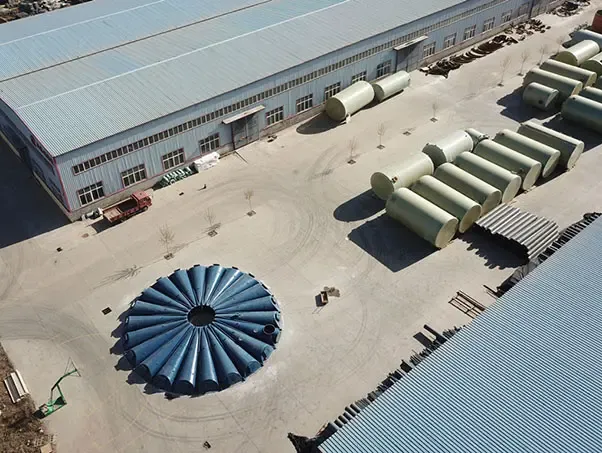
-
 Afrikaans
Afrikaans -
 Albanian
Albanian -
 Amharic
Amharic -
 Arabic
Arabic -
 Armenian
Armenian -
 Azerbaijani
Azerbaijani -
 Basque
Basque -
 Belarusian
Belarusian -
 Bengali
Bengali -
 Bosnian
Bosnian -
 Bulgarian
Bulgarian -
 Catalan
Catalan -
 Cebuano
Cebuano -
 China
China -
 China (Taiwan)
China (Taiwan) -
 Corsican
Corsican -
 Croatian
Croatian -
 Czech
Czech -
 Danish
Danish -
 Dutch
Dutch -
 English
English -
 Esperanto
Esperanto -
 Estonian
Estonian -
 Finnish
Finnish -
 French
French -
 Frisian
Frisian -
 Galician
Galician -
 Georgian
Georgian -
 German
German -
 Greek
Greek -
 Gujarati
Gujarati -
 Haitian Creole
Haitian Creole -
 hausa
hausa -
 hawaiian
hawaiian -
 Hebrew
Hebrew -
 Hindi
Hindi -
 Miao
Miao -
 Hungarian
Hungarian -
 Icelandic
Icelandic -
 igbo
igbo -
 Indonesian
Indonesian -
 irish
irish -
 Italian
Italian -
 Japanese
Japanese -
 Javanese
Javanese -
 Kannada
Kannada -
 kazakh
kazakh -
 Khmer
Khmer -
 Rwandese
Rwandese -
 Korean
Korean -
 Kurdish
Kurdish -
 Kyrgyz
Kyrgyz -
 Lao
Lao -
 Latin
Latin -
 Latvian
Latvian -
 Lithuanian
Lithuanian -
 Luxembourgish
Luxembourgish -
 Macedonian
Macedonian -
 Malgashi
Malgashi -
 Malay
Malay -
 Malayalam
Malayalam -
 Maltese
Maltese -
 Maori
Maori -
 Marathi
Marathi -
 Mongolian
Mongolian -
 Myanmar
Myanmar -
 Nepali
Nepali -
 Norwegian
Norwegian -
 Norwegian
Norwegian -
 Occitan
Occitan -
 Pashto
Pashto -
 Persian
Persian -
 Polish
Polish -
 Portuguese
Portuguese -
 Punjabi
Punjabi -
 Romanian
Romanian -
 Russian
Russian -
 Samoan
Samoan -
 Scottish Gaelic
Scottish Gaelic -
 Serbian
Serbian -
 Sesotho
Sesotho -
 Shona
Shona -
 Sindhi
Sindhi -
 Sinhala
Sinhala -
 Slovak
Slovak -
 Slovenian
Slovenian -
 Somali
Somali -
 Spanish
Spanish -
 Sundanese
Sundanese -
 Swahili
Swahili -
 Swedish
Swedish -
 Tagalog
Tagalog -
 Tajik
Tajik -
 Tamil
Tamil -
 Tatar
Tatar -
 Telugu
Telugu -
 Thai
Thai -
 Turkish
Turkish -
 Turkmen
Turkmen -
 Ukrainian
Ukrainian -
 Urdu
Urdu -
 Uighur
Uighur -
 Uzbek
Uzbek -
 Vietnamese
Vietnamese -
 Welsh
Welsh -
 Bantu
Bantu -
 Yiddish
Yiddish -
 Yoruba
Yoruba -
 Zulu
Zulu
Exploring the Benefits of FRP Boats for Water Adventures and Leisure Activities
The Evolution and Benefits of FRP Boats
The maritime industry has seen significant advancements in materials over the years, and one of the most revolutionary developments is the use of Fiber Reinforced Polymer (FRP) in boat construction. FRP boats have emerged as a preferred choice for both recreational and commercial applications due to their unique properties and advantages over traditional materials.
Understanding FRP
Fiber Reinforced Polymer is a composite material made from a polymer matrix reinforced with fibrous materials. The fibers can be glass, carbon, or aramid, each contributing its own set of benefits. This composite material exhibits exceptional strength-to-weight ratios, corrosion resistance, and flexibility, making it ideal for boat manufacturing. The origins of FRP date back to the mid-20th century, and since then, it has undergone continuous improvements, becoming a staple in the boating industry.
Advantages of FRP Boats
1. Lightweight and Durable One of the most significant advantages of FRP boats is their lightweight nature. This characteristic enhances fuel efficiency, allowing for faster speeds and reduced operational costs. Additionally, FRP is highly resilient against environmental stressors, making it less prone to wear and tear compared to traditional materials like wood or aluminum.
2. Corrosion Resistance FRP boats do not corrode or rust, a common problem with metal boats, especially in saltwater environments. This inherent property ensures that FRP vessels require less maintenance over their lifespan, saving owners both time and money.
frp boat

3. Design Flexibility The manufacturing process of FRP allows for greater design versatility. Boat builders can create intricate shapes and customized features that traditional materials may not accommodate easily. This flexibility fosters innovation, enabling designers to experiment with ergonomics and aesthetics without compromising structural integrity.
4. Insulation Properties FRP provides excellent thermal and acoustic insulation, making it a comfortable choice for passengers. The material minimizes noise from the water and enhances the overall boating experience. This property is particularly beneficial in larger vessels or those designed for leisure cruising.
5. Sustainability Many manufacturers are now focusing on eco-friendly production processes. FRP can be produced with recyclable materials, contributing to a more sustainable industry. As environmental awareness increases, the demand for sustainable materials like FRP may continue to rise.
Applications
FRP boats have applications across various sectors. In recreational boating, they are popular for everything from small fishing boats to luxury yachts. Their lightweight nature and customization options appeal to enthusiasts looking for performance-oriented vessels. In the commercial sector, FRP is utilized for fishing boats, ferries, and specialized vessels in industries such as oil and gas, where both durability and resistance to harsh conditions are essential.
Conclusion
The advent of FRP in boat manufacturing represents a significant leap forward in terms of technology and design. As boaters increasingly demand vessels that are not only functional but also environmentally friendly, the reliance on materials like FRP will likely grow. With its myriad advantages, FRP has solidified its place in the maritime world, offering a perfect blend of performance, durability, and innovation. Whether for leisurely adventures on the water or robust commercial applications, FRP boats continue to set new standards in the industry, celebrating the marriage of technology and craftsmanship. As we move forward, the evolution of FRP boats promises a bright future for boating, where the benefits of modern materials can be fully realized.









